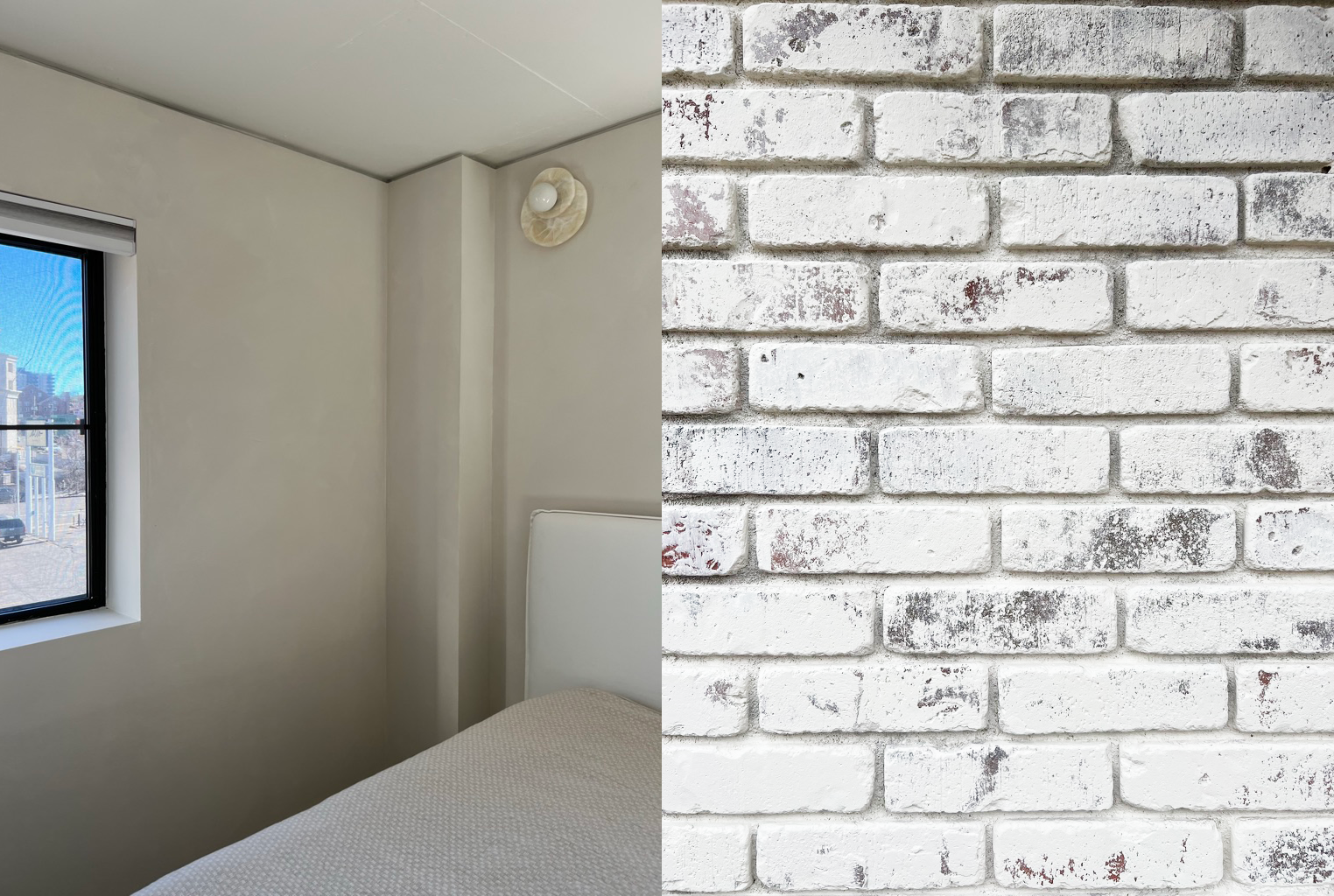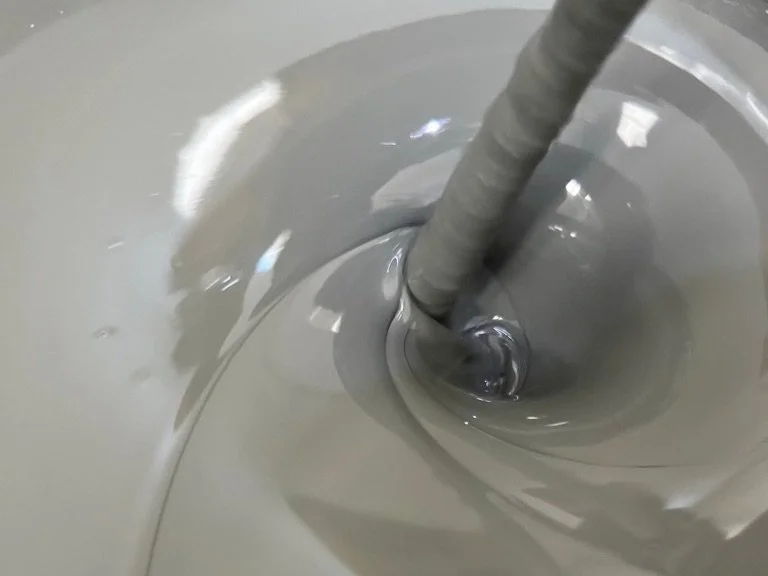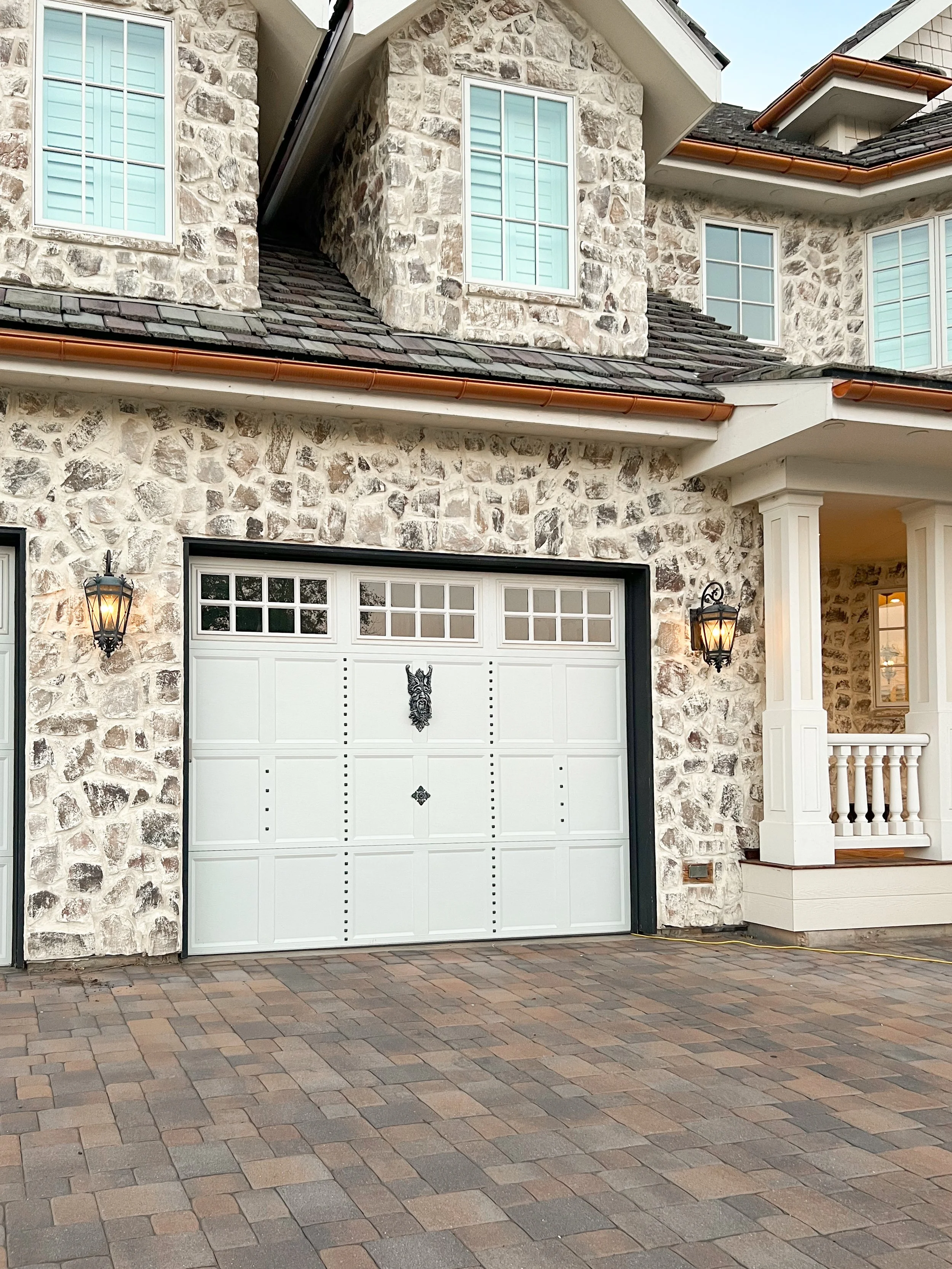What is Limewash Paint? A Comprehensive Guide to Interior and Exterior Applications
What is Limewash Paint? A Comprehensive Guide to Interior and Exterior Applications ( Interior limewash left exterior limewash right)
What is Limewash Paint? A Comprehensive Guide to Interior and Exterior Applications
Limewash paint, a centuries-old technique, is making a significant comeback in modern design, both for its aesthetic appeal and eco-friendly properties. Unlike conventional paints, limewash is made from natural lime, water, and mineral pigments, which gives it a unique, matte finish that evolves over time, adding character to any space. In this blog post, we will explore what limewash paint is, its benefits, and the key differences between interior and exterior limewash paints like those from Portola Paints and Romabio.
Exterior Limewash on Stone Application | New Perspective Painting
What is Limewash Paint?
Limewash paint is a natural, breathable coating that has been used for thousands of years. It’s made by slaking lime, which is calcium hydroxide, with water and then mixing it with natural pigments to add color. When applied to a surface, the lime in the paint reacts with carbon dioxide in the air, forming a durable, yet porous, layer of calcium carbonate.
Key Characteristics:
Breathability: Limewash allows walls to breathe, preventing moisture buildup and reducing the risk of mold and mildew.
Eco-Friendly: Made from natural ingredients, limewash is non-toxic and environmentally friendly.
Unique Finish: Limewash creates a soft, cloudy texture that changes subtly over time, giving walls a lived-in, timeless look.
Interior Limewash Paint
Interior limewash, like Portola Paints' Lime Wash, is often used to create a warm, textured look on walls and ceilings. It is particularly popular in spaces that aim for a rustic or historic aesthetic, such as Tuscan-style kitchens or Scandinavian-inspired living rooms.
Advantages of Interior Limewash:
Aesthetic Flexibility: Interior limewash can be layered for depth or diluted for a lighter, more subtle effect. It can also be used on a variety of surfaces, including drywall, plaster, and brick.
Color Variation: Limewash offers natural variations in tone that can’t be replicated with synthetic paints, making each application unique.
Breathability: It allows interior walls to breathe, which is ideal for older buildings that need moisture regulation.
Application Tips:
Surface Preparation: Interior limewash works best on porous surfaces. Non-porous surfaces may require a primer to ensure proper adhesion.
Multiple Coats: Achieving the desired finish might require multiple coats. Each coat must dry thoroughly before the next is applied.
Exterior Limewash Paint
Exterior limewash, such as Romabio’s Classico Limewash, is formulated to withstand the elements while maintaining the natural, old-world charm that limewash is known for. It’s especially popular for brick and stone exteriors, where it can create a striking, weathered appearance that improves with age.
Advantages of Exterior Limewash:
Durability: When properly applied, exterior limewash can last for years, gradually weathering to reveal a beautifully aged patina.
Environmental Resistance: It naturally resists mold, mildew, and insects, making it an ideal choice for humid or coastal climates.
Low Maintenance: Unlike traditional paints, limewash does not peel or chip. Instead, it wears away gracefully, adding to the character of the building.
Application Tips:
Surface Suitability: Exterior limewash is best suited for porous surfaces like brick, stucco, and stone. It may not adhere well to surfaces that have been previously painted with non-breathable paints.
Weather Considerations: Limewash should be applied in mild, dry weather to ensure proper curing. It’s also important to protect newly applied limewash from rain until it has fully cured.
Key Differences Between Interior and Exterior Limewash
While both interior and exterior limewash share the same basic ingredients, they are formulated differently to meet the demands of their respective environments.
Durability: Exterior limewash is more robust and designed to endure weather conditions, whereas interior limewash focuses on aesthetic qualities and indoor durability.
Color Retention: Exterior limewash often includes additives that help it retain color and resist fading from UV exposure, a concern that is less critical for interior applications.
Surface Preparation: Exterior surfaces may require more extensive preparation, especially if the surface has been previously treated or painted.
Why Choose Limewash Paint?
Whether used indoors or out, limewash offers a unique combination of aesthetic beauty and practical benefits. It’s an excellent choice for those looking to achieve a natural, timeless look while also embracing sustainable, non-toxic materials. Brands like Portola and Romabio have modernized limewash, making it easier to apply and more versatile than ever before.
In conclusion, limewash paint is a versatile and sustainable option that can transform both interior and exterior spaces with its unique texture and natural beauty. Whether you’re restoring a historic home or simply looking to add character to a modern space, limewash is a paint option worth considering.



